T5 lighting experts needed
yucatan
14 years ago
Related Stories

KITCHEN DESIGNExpert Talk: 10 Reasons to Hang a Chandelier in the Kitchen
Unexpected? Sure. Incongruent? Not at all. Professional designers explain why a chandelier can work in kitchens from traditional to modern
Full Story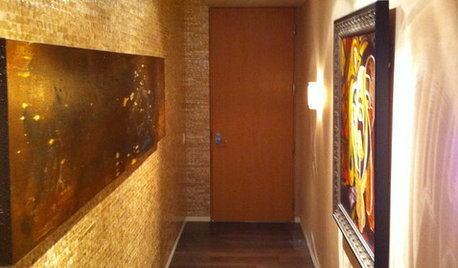
LIGHTINGExpert Lighting Design Secrets
A professional designer turns us on to the 10 most important things to know when lighting rooms and art
Full Story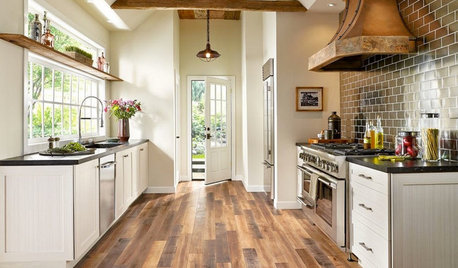
MOST POPULARPros and Cons of 5 Popular Kitchen Flooring Materials
Which kitchen flooring is right for you? An expert gives us the rundown
Full Story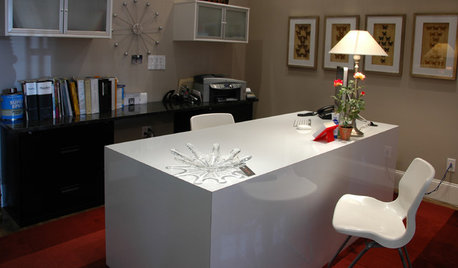
HOME OFFICESExpert Talk: 11 Desk Designs That Really Work It
Boring or inadequate desks don't cut it for productivity in a home office. File these desk designs and expert insight under "To Do"
Full Story
DECORATING GUIDESExpert Talk: Designers Open Up About Closet Doors
Closet doors are often an afterthought, but these pros show how they can enrich a home's interior design
Full Story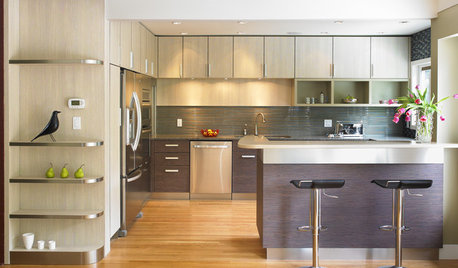
KITCHEN DESIGNExpert Talk: 12 Ways to Get a Designer-Kitchen Look
Professional designer Ines Hanl reveals her thought processes on select kitchen remodels
Full Story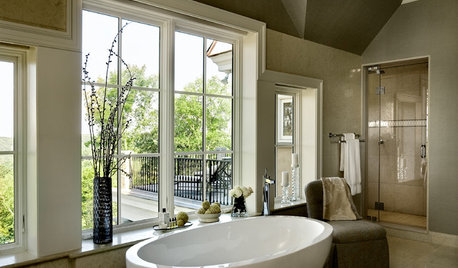
BATHROOM DESIGNExpert Talk: Freestanding Bathtubs Make a Splash
Professional designers explain why they chose freestanding tubs and how the style can enhance the design of any bathroom
Full Story
FARM YOUR YARDHow to Grow Vegetables in Containers
Get glorious vegetables and fruits on your patio with a pro’s guidance — including his personal recipe for potting mix
Full Story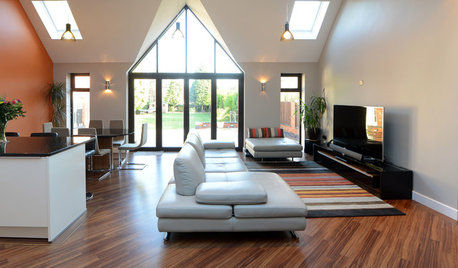
TASTEMAKERSAsk an Expert: What Is the One Design Rule You Live By?
Eight home experts share their top design rules
Full Story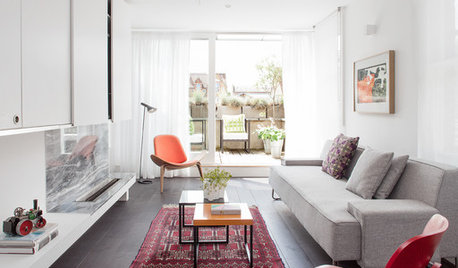
DECORATING GUIDESAsk an Expert: How to Decorate a Long, Narrow Room
Distract attention away from an awkward room shape and create a pleasing design using these pro tips
Full Story
Sponsored
More Discussions






ethnobotany
yucatanOriginal Author
Related Professionals
Windham Landscape Architects & Landscape Designers · Middle River Landscape Architects & Landscape Designers · Davis Landscape Contractors · Live Oak Landscape Contractors · Woodland Landscape Contractors · Glenview Fence Contractors · Orlando Fence Contractors · Owings Mills Fence Contractors · Oxnard Fence Contractors · Westmont Fence Contractors · La Puente Fence Contractors · Boulder City Fence Contractors · Boise Roofing & Gutters · Hacienda Heights Roofing & Gutters · Orchards Roofing & Guttersurbangardenfarmer
yucatanOriginal Author
urbangardenfarmer
yucatanOriginal Author
taz6122
urbangardenfarmer
wordwiz
taz6122
taz6122
yucatanOriginal Author
taz6122
yucatanOriginal Author
taz6122
yucatanOriginal Author